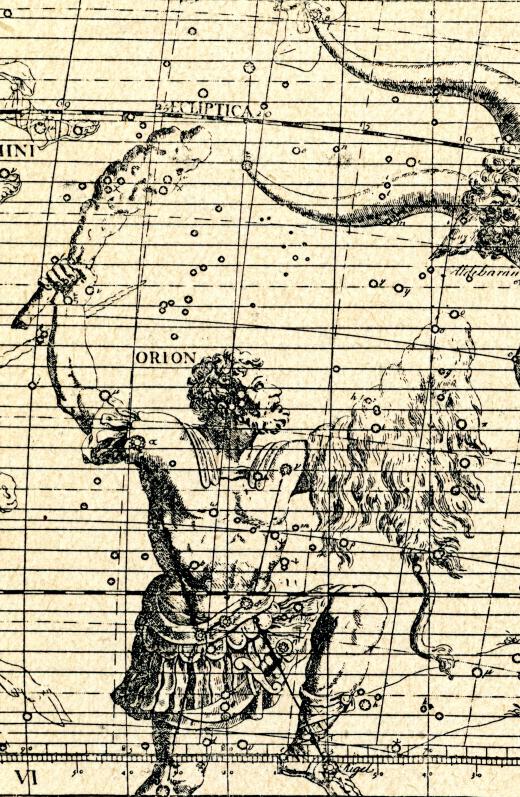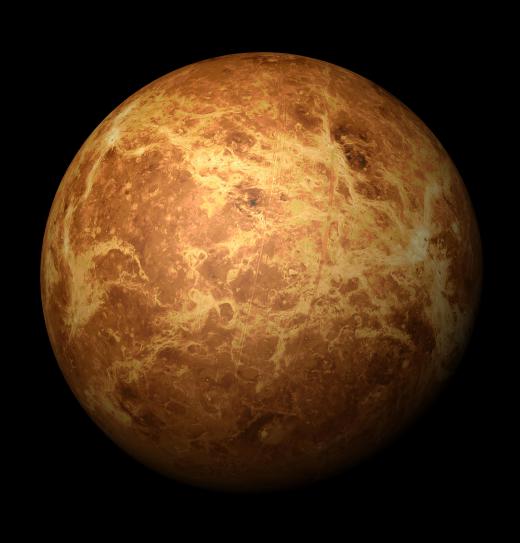What is a Red Giant?
 Niki Foster
Niki Foster
A red giant is a type of star. Its name is rather self-explanatory: it is red because of its relatively low temperature, and it is one of the largest of all star types, 1,000 times as voluminous as our Sun. Betelgeuse, Antares, Aldebaran, and Arcturus are some well-known red giant stars visible from Earth with the naked eye.
A red giant is an aging star, and astrologists hypothesize that our Sun will become a red giant in about five billion years. Younger stars create energy through hydrogen fusion, which creates helium in the process, gradually causing the helium to hydrogen ratio inside the star to increase. Hydrogen is in the core of younger stars, but as a star ages and uses up its hydrogen store, the hydrogen becomes confined to an outer shell, while the core is only helium.

In this scenario, the helium core has no fuel to burn, as helium fusion is possible only at very high temperatures, over 100 million Kelvin. Therefore, the helium core begins to contract, while the hydrogen shell begins to expand. The star's luminosity, or brightness, increases by a factor of 1,000 to 10,000, while the hydrogen shell begins to burn cooler, taking on a red appearance and becoming a red giant. Red light is the lowest temperature of visible light, while hotter light appears white or blue.

When our Sun switches to shell hydrogen fusion and becomes a red giant, it will be the end of our solar system as we know it. A red giant in the place of our Sun would reach beyond Earth's current orbit. However, as part of the aging process, the Sun's gravitational pull will significantly weaken, causing all inner solar system planets except Mercury to drift away. While Earth itself may survive the event, the ecosystem we know will be destroyed as the Sun burns brighter, and Earth's atmosphere will more closely resemble that of present-day Venus — much too hot to support life as it is on today's Earth.
AS FEATURED ON:
AS FEATURED ON:












Discuss this Article
Post your comments